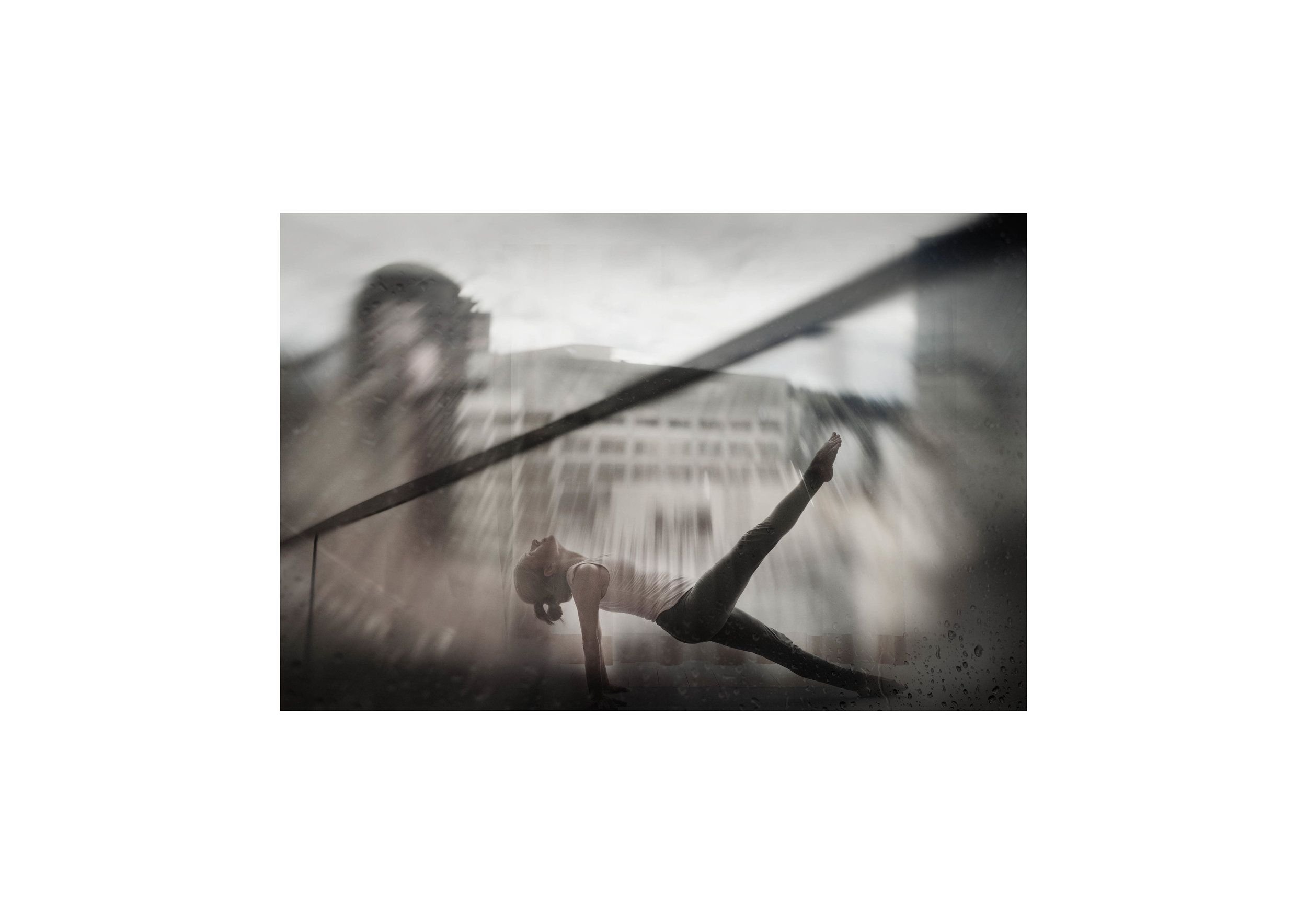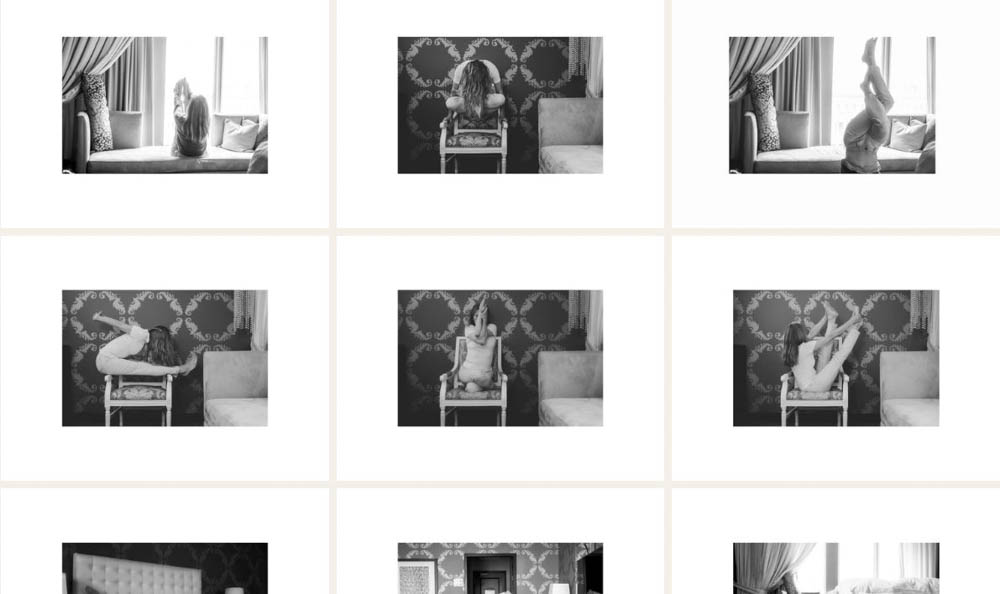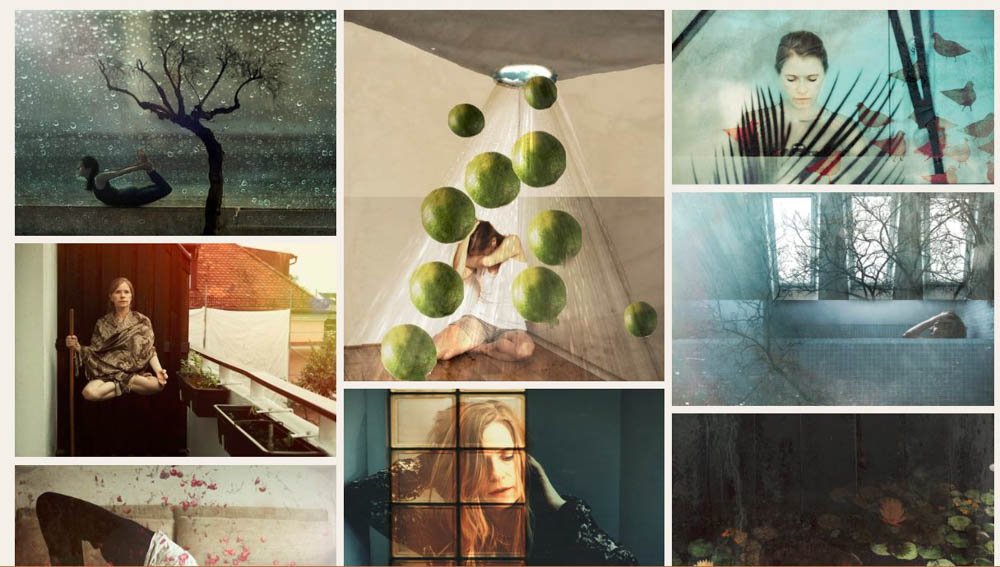Playing around is part of the process to create pictures. But one must also know when it’s enough. Sometimes sketches are just this and nothing more. They will never become an awesome picture
This time I turned around the picture to show more lightness. I didn’t like to hang there. Now I fly high. To have the floor on top of the picture looks off.
It’s difficult to hav a critical view on the own pictures. One cannot forget how difficult it was to create it. Often a lot of time is invested. To hang on that bar was exhausting. I feared to fall. I felt like a hero because it was so cold on that day. All this is of zero interest for the viewer.
Rule #1: Forget about the effort and time that was put into the creation of the picture. Only the result counts. The picture is convincing or it is not. The story behind the picture is of second importance.
Rule #2: Wait and day and one night (or even longer) and then get back to the picture. The initial emotions cooled down in the meantime. It’s possible then to have a more neutral view. This requires a lot of discipline at least for me.
Rule #3: Know what the subject is. Know what you wanted to express with this picture. Some pictures might be nice but they don’t show what was intended to show. I’m a huge fan of the written word. It’s good advice to have a journal that documents the journey to an eye-catching picture.
Rule #4: Have a list of criteria that makes a good picture for you. Such a list could be:
Is it technically as wished?
Do the colors communicate the intended atmosphere?
How is the composition? Are there leading lines? Which rules are applied? If not, why?
If people are involved, I always check the expression of the face and the skin.
This list can be much longer. More important than a long list is to apply it. Wink, wink.
I won’t print this last version. Soon it will be buried and sleep between other pictures that live better in the dark.
























